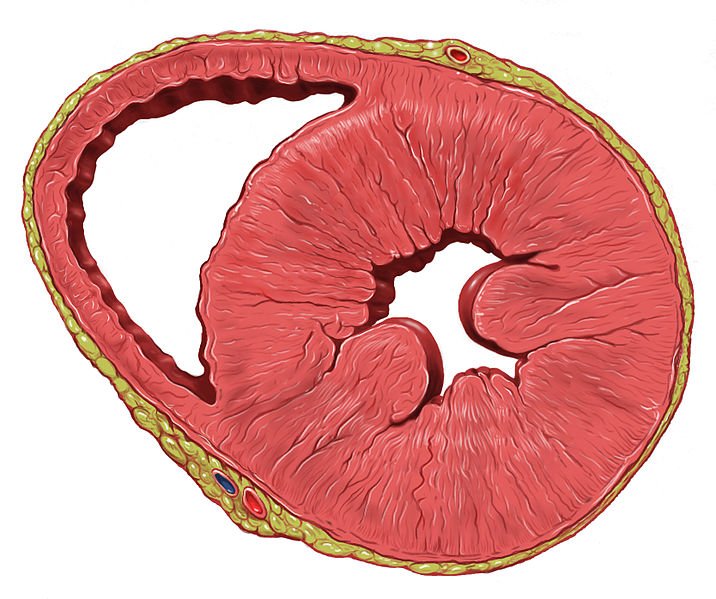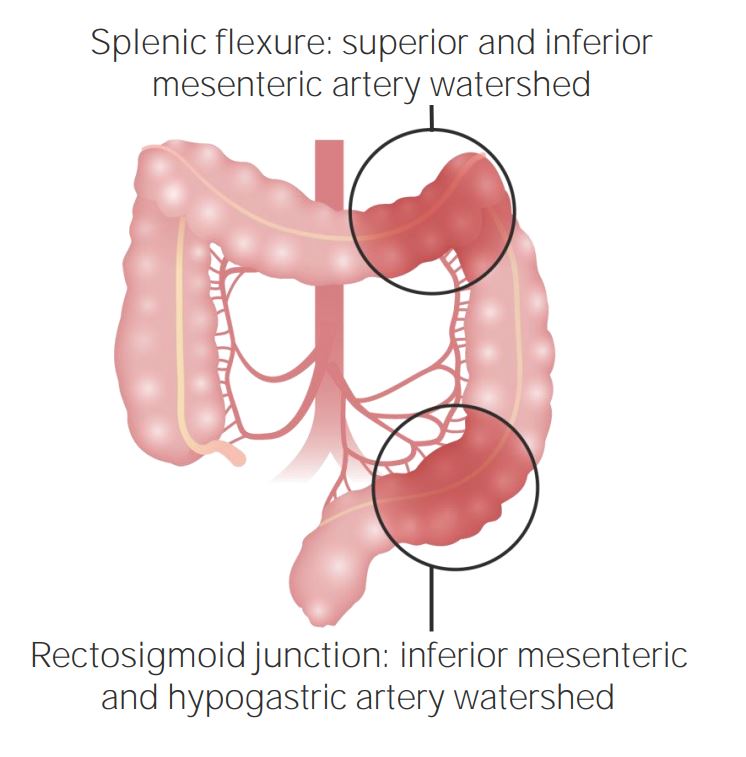Playlist
Show Playlist
Hide Playlist
Reversible Cellular Injury
-
Slides Cellular Pathology Patterns of Injury and Cell Death.pdf
-
Reference List Pathology.pdf
-
Download Lecture Overview
00:01 All right, having covered mechanisms of cell death and the subcellular and cellular adaptive responses. 00:10 We're not going to actually look at what death looks like. 00:14 How do we as pathologist and you as future pathologist, understand or identify death and injury in cells. 00:25 And we can do that. 00:26 There are many different kinds of markers that we will look at and at the end of this particular topic discussion you will be expert in being able to say, 'oh that's a dead cell or maybe not, ' that's where we're going. 00:39 You can see the road map where we've been and where we're headed. 00:43 So we've had an overview, we've talked about ways that cells get injured, we talked about how they get injured, we talked about how they adapt to injury. 00:50 And now we're going to talk about, they gave up and they died and what it looks like and so how we can recognize that. 00:58 So there's reversible and there's irreversible injury. 01:01 So just because a cell gets injured doesn't mean it's going to die and we can recognize some of that reversible injury what's shown on the left hand side is cell swelling or high dropping degeneration or cloudy swelling that's got a whole bunch of different names. 01:17 And why is this happening? We're looking actually at renal epithelial cells where there has been an ischemic hit. 01:24 So the cells are not yet dead. 01:26 These will be reversibly injured and if we restore normal perfusion to the kidney. 01:32 They will improve. 01:34 But what has happened? So you can see in the upper right hand corner of that panel, there are dark pink cells with nice-looking nuclei. 01:42 That's a normal tubule. 01:44 In the lower left-hand side and in the middle with all the green arrows, you see that the nuclei are starting to condense and we see a lot of clear space around the nuclei. 01:55 It's not the same pink looking cell. 01:57 What's happened there, is that we have reduced ATP synthesis, as a result of the reduced ATP synthesis, we do not have good active sodium potassium atpase. 02:09 We're not able to pump out sodium effectively. 02:13 All that intracellular sodium is now recruiting obligate water with it, and we're getting swelling of the cells. 02:20 They're basically getting swollen with water. 02:25 That's hydraulic degeneration or cell swelling. 02:27 And if we restore normal mitochondrial function, the ATP will come back will pump that sodium out the water will go with it and we're good to go. 02:35 So this is one of the ways that we recognize reversible injury is cells swelling. 02:41 In tissues that have a very high turnover of fat, such as liver. 02:46 Then there's also something called fatty change or steatosis. 02:51 I'm not going to go into all the biochemistry that's there but suffice it to say that the liver is the major through way by which free fatty acids are turned into various components turned into energy, turned into storage components. 03:04 If we inhibit or.. 03:08 Abrogate to some extent the ability of that free fatty acid to be converted into the products that you see there, triglycerides and lipoproteins and things like that because we've.. 03:20 Partially injured the liver. 03:24 Then we will accumulate fat. 03:27 Now that's completely reversible but this is what it looks like. 03:30 They hepatosites instead of being nice pink cells are pink cells with big globules of triglycerides. 03:36 This is the accumulated fat. 03:38 So the liver is got all kinds of fatty acid coming in if it's not able to metabolize it or export it. 03:43 It accumulates. 03:44 These cells are not dead. 03:45 They may not be functioning great, but they're not dead and they're just fine if we restore normalcy by restoring normal blood supply or whatever. 03:54 This will come back and be completely normal liver. 03:58 So just as a side light, because I'm a pathologist, I like to talk about interesting sidelights. 04:04 This is a very common change, fatty change, steatosis, extremely common change with alcohol. 04:11 So in an evening of drinking, maybe a six pack of beer, you will, in fact, use up your NAD that would normally be responsible for the NAD. 04:26 Sorry, that would normally responsible for the oxidation of alcohol to acetic acid. 04:36 So instead of using that NAD for metabolizing fat, you use it to metabolize alcohol. 04:41 And so the fat is just accumulating. 04:43 So after your six pack, you may wake up in the morning with a rather full upper right quadrant because your liver hepatosites have been filled up with fat. 04:52 Now if you don't have another six pack for breakfast that will all go back relatively quickly, but it's happening because you are using metabolic pathways to degrade the alcohol and ignoring the fat that's coming in there all the time. 05:06 Just an interesting sidelight. 05:08 Fortunately reversible.
About the Lecture
The lecture Reversible Cellular Injury by Richard Mitchell, MD, PhD is from the course Cellular Injury.
Included Quiz Questions
How does alcohol cause steatosis in the liver?
- Depletion of NAD+ coenzyme
- Decreased NADPH/NAD+ ratio
- Inhibition of the pro-inflammatory cytokines
- Increased fatty acid oxidation
- Dysfunction of the LDL receptors
Which of the following best describes steatosis?
- The accumulation of fatty acids within a cell which appear as intracellular clear vacuoles under the microscope
- Scarring and necrosis of the tissues
- A type of cell damage mediated through neutrophils and pro-inflammatory cytokines
- Perinuclear pale zones within a condensed nucleus
- Cytomegalovirus virus-induced cell damage
Customer reviews
5,0 of 5 stars
| 5 Stars |
|
1 |
| 4 Stars |
|
0 |
| 3 Stars |
|
0 |
| 2 Stars |
|
0 |
| 1 Star |
|
0 |
Very well explained, interesting. I really like this teacher and series.






